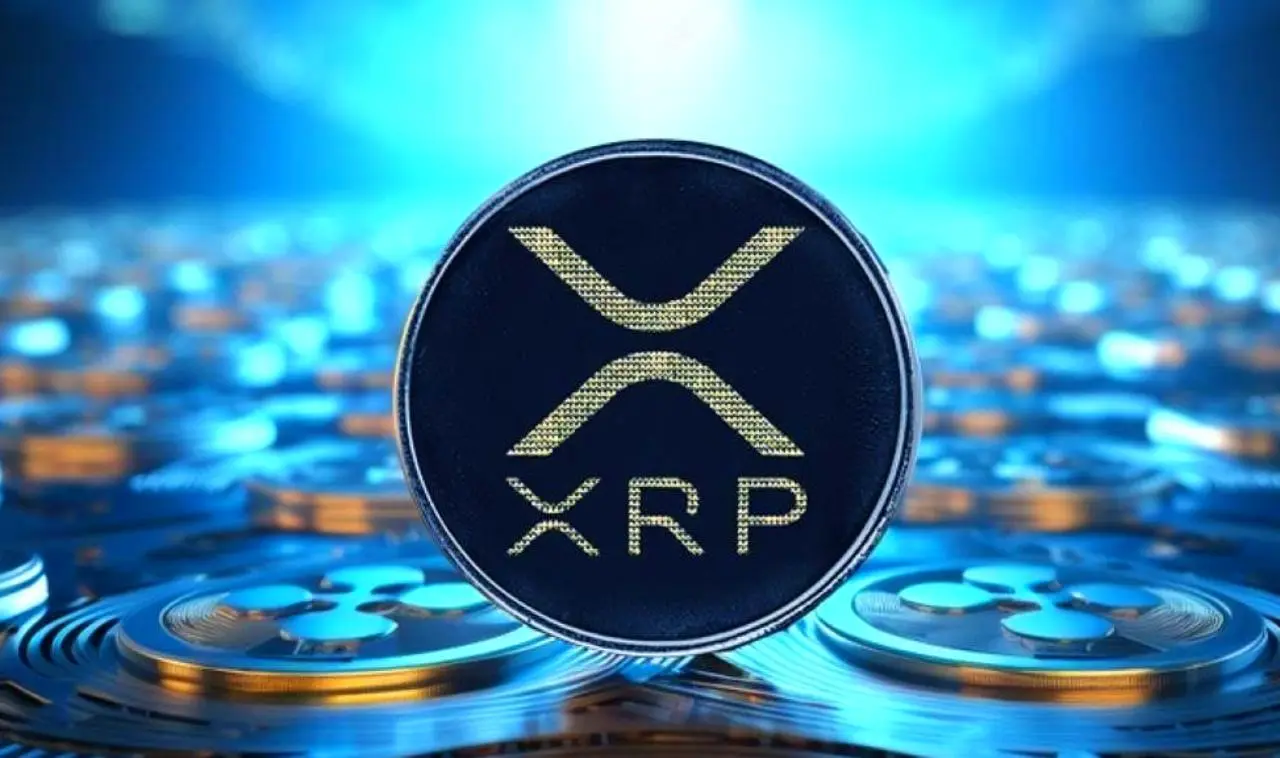Ripple’s RLUSD Stablecoin Clears Up Major Misconceptions
- ⋅
- 3 min read

The San Francisco-based blockchain startup Ripple has announced that it intends to apply for a license under the European Union’s upcoming Markets in Crypto Assets regulation, demonstrating its strong commitment to growing its presence in Europe. MiCA is a historic framework that will change the way cryptocurrency companies operate in EU countries by imposing stringent licensing, transparency, and capital requirements. It is scheduled to go into effect in 2024.
MiCA seeks to provide legal consistency and clarity to the European cryptocurrency industry, which has long been plagued by inconsistent regulations and a lack of clarity. Securing this license is more than just a formality for Ripple. It is an intentional attempt to fortify trust with institutional and retail clients throughout Europe and future-proof its business model.
Ripple’s action also comes after a recent spike in EU crypto players’ regulatory activity. In advance of the law, rivals like Coinbase, Bitstamp, and Binance have already taken action to align with MiCA, either by restructuring or obtaining local licenses. The Central Bank of Ireland, a regulator regarded as progressive and effective in digital asset governance, will review Ripple’s application once it is submitted. This is consistent with Ripple’s current regional operations, such as its Dublin office, which is anticipated to act as a regional compliance center.
A New Era of Compliance Is Set in Motion by Ripple
Ripple has long supported the regulatory path, in contrast to many cryptocurrency startups that are finding it difficult to keep up with increasingly stringent regulations. Its corporate culture toward compliance has already been influenced by its ongoing legal dispute with the US Securities and Exchange Commission regarding XRP’s classification. Therefore, Ripple’s entry into MiCA territory is a logical continuation of its long-term strategy rather than a change of direction.
Furthermore, Ripple’s efforts to comply with MiCA coincide with the growing popularity of its flagship payment solutions in enterprise finance and emerging markets. Ripple can provide financial institutions throughout Europe with the assurance to utilize its On-Demand Liquidity solution with reduced legal risk by securing EU regulatory approval. This establishes a precedent for competition and places Ripple at the forefront of US-based cryptocurrency companies’ adaptation of MiCA.
The ramifications are significant. With the MiCA license, Ripple could list XRP under well-defined asset classifications, increase banking partnerships, and enable cross-border payments in euros. Additionally, this would give Ripple access to the pan-European passporting benefit, which would enable it to operate in 27 countries with a single approval.
The company’s initiatives are indicative of a larger trend toward crypto maturity. Businesses that support regulators will be in a strong position to take the lead as the speculative bubble bursts and the utility era dawns. In addition to applying for a license, Ripple is solidifying its position in the future of globally regulated finance.
Also read: Ripple’s RLUSD Stablecoin Myths Debunked
Investment disclaimer: The content reflects the author’s personal views and current market conditions. Please conduct your own research before investing in cryptocurrencies, as neither the author nor the publication is responsible for any financial losses.
Ad Disclosure: This site may feature sponsored content and affiliate links. All advertisements are clearly labeled, and ad partners have no influence over our editorial content.
- California Government Partners with Crypto Giants Ripple, Coinbase, and Moonpay for Efficiency Project
- Solana Tops Q2 Revenue, Beating Ethereum and Tron
- Circle’s Arc Blockchain Targets Institutional Growth
- Debunked: Elon Musk’s $50 Billion XRP Buy Is Pure Fiction
- Satoshi-Era Whale Moves $9.6B in BTC as Galaxy Shifts $1.1B
- Circle Unveils Arc Blockchain to Transform Stablecoin Finance
- XRP Price Surges Amid Market Optimism, But Insider Activity Raises Concerns
- A 300% Spike in Selling Pressure Puts Ethereum’s Next Price Move at Serious Risk
- Is XRP Overvalued? A Closer Look at Market Metrics
- Bitcoin’s $200K Target: Reality Check for 2025
- Could Ethereum Overtake Bitcoin by Mid-August? Analyst Raises Eyebrows with Bold Prediction
- Is XRP on the Verge of a Revolutionary Breakout? Analysts Predict Unprecedented Market Dominance
Popular Story
-
Bitcoin Price Prediction 2026: $150K or Crash?
-
XRP Price Prediction 2025-2030: Can Ripple Break Above $6 After the Next Major Market Catalyst
-
Crypto Tax in India: File Before Jan 31
-
Ethereum Price Prediction 2026: Experts Forecast a Massive Breakout as Supply Shrinks & Institutional Demand Surges
-
XRP Price Surges Amid Market Optimism, But Insider Activity Raises Concerns

Subscribe to our Newsletter
10-minute daily crypto updates to your inbox
Follow Us
Featured
- Crypto Exchanges
- Crypto Funding
- Cloud Mining Platforms
- Crypto Wallets
- Best Crypto Presales
- Best Crypto ICOs
- Telegram Crypto Channels
About
- About Us
- Contact Us
- Advertise
- Submit PR
- Authors
- Privacy Policy
- Terms & Conditions




